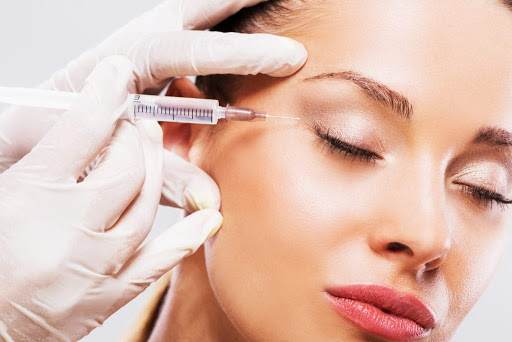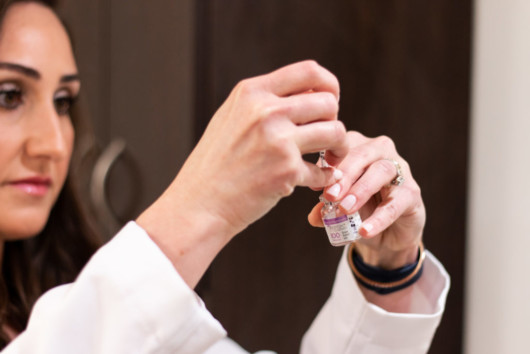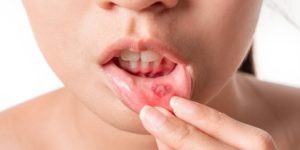The Botox injection has become one of the most sought-after cosmetic treatments globally. Known for the ability to remove and reduce facial wrinkles, more people are choosing to get this treatment done every year. This cosmetic practice uses onobotulinumtoxin-A, a toxin that temporarily prevents the movement of muscles.
Although this treatment is primarily used as a facial cosmetic enhancement, Botox is also used to treat muscle spasms and other medical conditions. Additional medicinal reasons for getting this treatment include overactive bladder, excessive sweating, eyelid contracture, and cervical dystonia. Gathering an understanding of the process, recovery, and side effects can help you prepare for treatment.
What to Expect During Treatment

The process is generally short and does not cause much discomfort. Depending on the location of your Botox treatment, you might choose to have the area numbed before injection.
The doctor will use either topical or vibration anesthesia to numb your skin. A thin needle will be used to administer small amounts of botulinum into the skin and/or muscles. The amount of injections used will depend on factors such as the body region being treated and personal goals. Botox treatments are generally done in the doctor’s office.
Healing Process
Following Botox-based treatment, it’s recommended to not touch/rub the Botox-treated area for at least 24 hours. Following these guidelines will ensure the injected toxins don’t migrate to other body parts. Regular day-to-day activities can be resumed immediately following treatment. This short recovery time is another reason why Botox-based practices have become so popular. Final results can be noticed 48 hours post-procedure; and can last up to 6 months.
Possible Side-effects
Botox is a low-risk form of treatment. However, as with any cosmetic operation, there are potential side effects:
- numbness
- muscle weakness
- trouble swallowing
- puffy eyelids
- swelling
- itching near the site of injection
These post-Botox symptoms should subside within several hours. Cases of nausea and asthma-like symptoms have also been reported following treatment. However, this is not common. If your are experiencing extended discomfort and/or pain, it’s recommended that you seek prompt medical attention.

Botox-based therapies have been around since early 1990s. By the early 2000‘s, the FDA had approved its usage in cosmetic treatments and products. As a result of global exposure, the treatment became tremendously popular. People who weren’t satisfied with certain parts of their body could now achieve a fuller appearance without surgery. In the years following it’sinception, Botox has become a mainstream giant for cosmetic treatment.
Every year, there are billions of Botox-based operations performed. The cost of this treatment is tremendously lower than alternative surgical treatments.
Another benefit of this treatment is that it leaves no scars. As the world of plastic surgery continues to improve and expand, Botox-based procedures remains a top choice for people looking for physical enhancement. As with all cosmetic treatments, choosing a board certified surgeon is vital to a successful experience. Contact Del Mar Plastic Surgery to schedule your appointment today.



